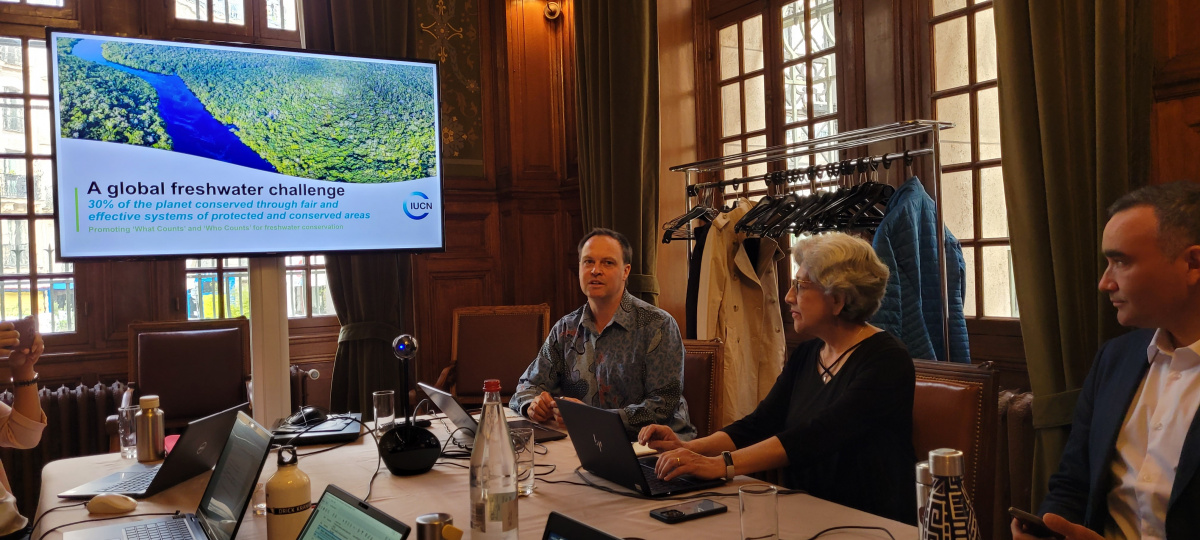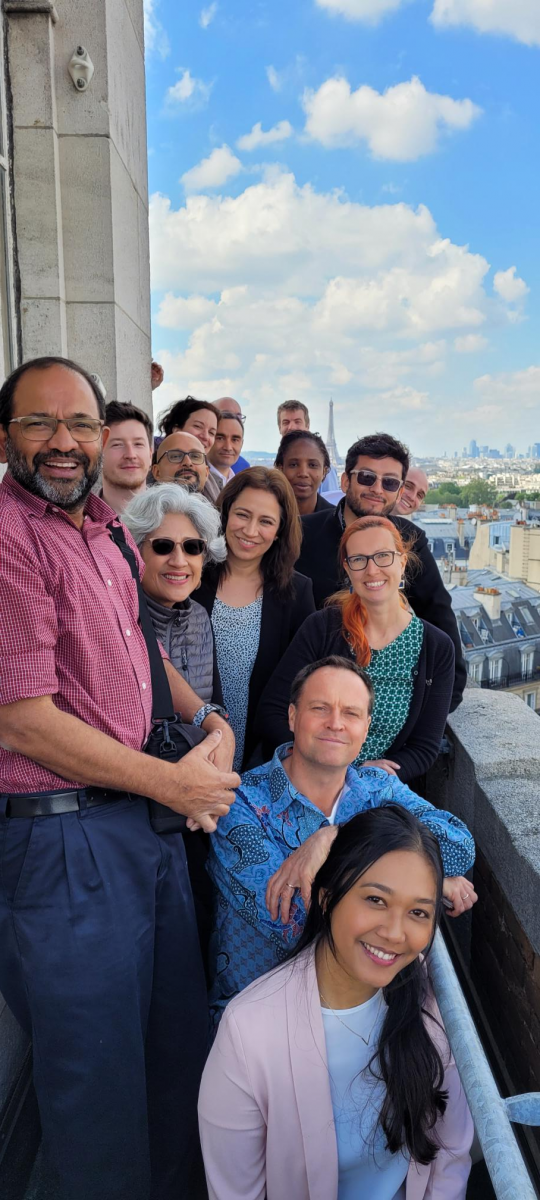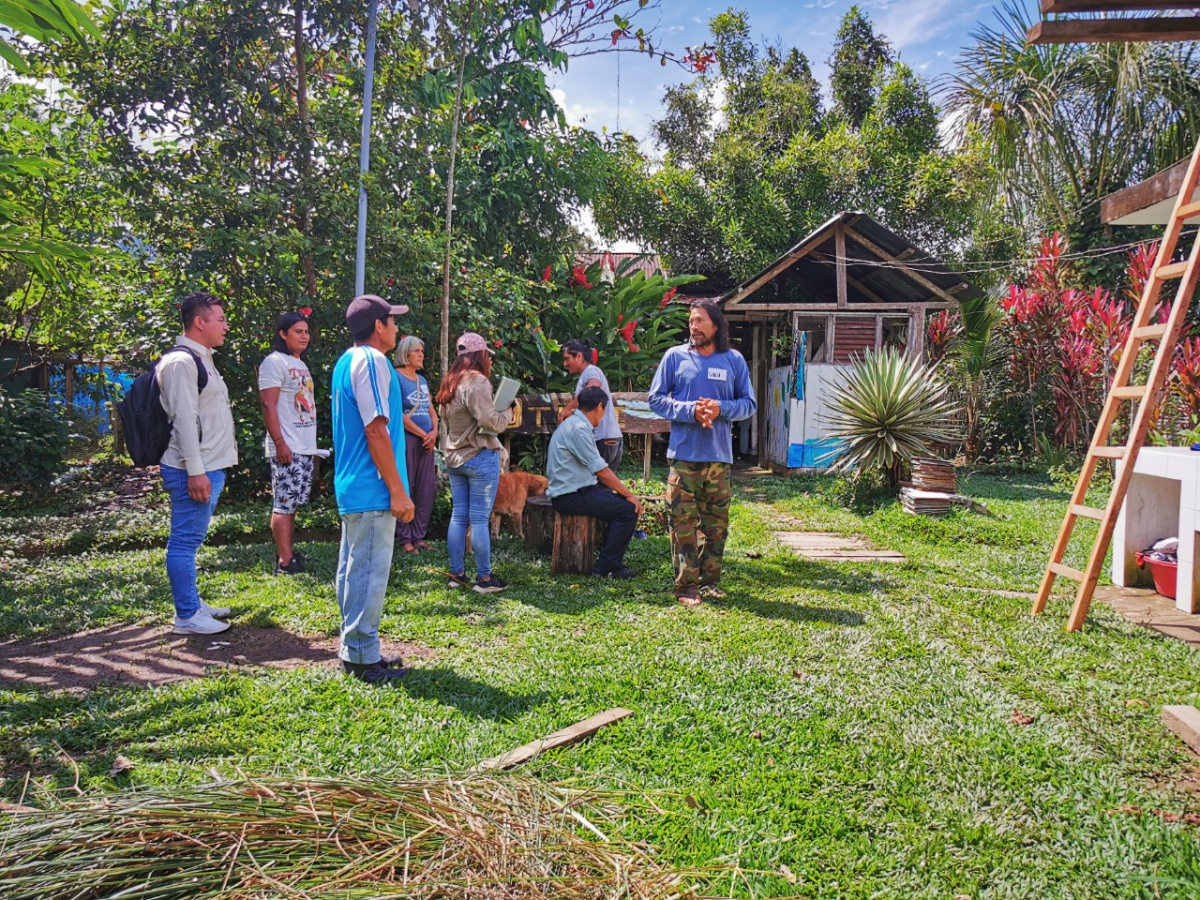Freshwater for the Future
Freshwater resources and the life and diversity they sustain are under mounting pressure from mass alteration of the river, estuarine, peatland, wetland and watershed ecosystems worldwide, made worse by the impacts of climate change.
The Amazon system, one of the world's largest concentrations of freshwater, is under ongoing threat from deforestation and fragmentation. Loss of tropical forests affects local rainfall and the climate and hydrological make-up of the region, impacting the whole South American continent and disrupting global weather patterns. Fragmentation causes a loss of connectivity for flow and migration and disrupts the connectedness of people along with these systems. Free-flowing river systems work longitudinally, laterally and vertically, adding an ample airflow to the Amazon.
In Europe, most river systems have been modified, regulated, channelised and impacted by dams and weirs, leaving systems fragmented and disconnected. Restoring complexity and connectivity is proving to be extremely costly and challenging. Proactive conservation, protection and management of remaining natural freshwater systems are essential as a strategic approach to sustainable development.
To help frame a new approach to freshwater conservation, including for the Andes-Amazon, the International Union for Conservation of Nature - IUCN and the Gordon and Betty Moore Foundation hosted a small expert event on innovations in effective freshwater conservation on the 25 and 26 April 2022. A group of twenty climate and conservation experts met in Paris, from academia and institutions such as Wetlands International, UNEP-WCMC, The French Environment Science Committee, CRN, and Snowchange, an NGO championing the role of indigenous peoples and traditional knowledge in freshwater conservations. They also visited the Essonne 'IUCN Green List' certified conserved area protecting marshes and wetlands in the upper Seine River. Over two days, participants shared experiences and discussed proven nature-based solutions that address threats to ecosystems and protect, restore and conserve their integrity.
Recommendations from this expert dialogue included:
- Establish effective decision-making structures that embody good governance. This means engaging all stakeholders, especially local communities and indigenous peoples with substantive rights to land and water resources;
- Be sure to secure and map the knowledge baseline to understand who to engage among relevant local stakeholders and the general public, and to help raise awareness;
- Capacity building of national stakeholders by supporting country-led activities and take a ‘who counts’ approach to policy reporting regarding their contribution to biodiversity conservation;
- Integration of gender, equity, rights and youth perspectives into all initiatives;
- Use of IUCN Green List and related standards, methodologies, and tools (Red List of Threatened Species, Key Biodiversitsy Areas, Protected Planet, PANORAMA) to map, monitor and refine freshwater conservation in the Amazon and beyond;
- Support commitments to preserve at least 70 % of the Amazon by 2030 through fair and effective area-based conservation for the Amazon-interior natural systems, with restoration of processes and connectivity around the degraded edge and margin areas of the region;
- Apply a proactive approach to freshwaters as connectors and as the subject of initiative and intervention, rather than boundaries of conservation. Promote iconic species, including migratory fish, as means to effectively enhance connections between upstream and downstream communities and build understanding of a river system from source to sea;
- Reduce pressures on wetlands such as pollution, microplastics, land-use change, overexploitation, illegal mining, invasive species, and climate change to preserve and restore the hydrological and ecological characteristics based on good practices and Nature-based Solutions
- Wetlands, and the people who depend on them, require urgent responses. Consider scaling-up access to seed funds for local initiatives with clear guidelines on how to help strengthen local governance, create sustainable livelihoods and generate conservation measures at the local level.
Relating the meeting to the Amazon region, the Gordon and Betty Moore Foundation will work with IUCN to distil the critical success factors from the participants' solutions and seek to add new ideas and approaches to their portfolio of initiatives in the Andes-Amazon basin. The Foundation has made significant investments into the Amazon with demonstrated success over the past decade. A new chapter in their targeted support to the region will centre on freshwater and effective conservation of freshwater ecosystems, at scale, by 2030.
IUCN's Green List programme, promoting effective area-based conservation in the Amazon, in France, and globally since 2014, will be further adapted and applied to support effective freshwater ecosystem conservation. The lessons from the existing 15 certified freshwater conservation areas and more than 200 'candidate' areas (and growing) apply the Standard to help frame their governance and management approach. Indeed, the site managers from Essonne wetland conservation area emphasised how compliance with the IUCN Green List certification criteria allowed them to update their management plan and develop more conservation awareness activities for local communities, especally children and youth.
IUCN will prepare the full summary report and recommendations from this event and share them soon on the IUCN Green List website.







